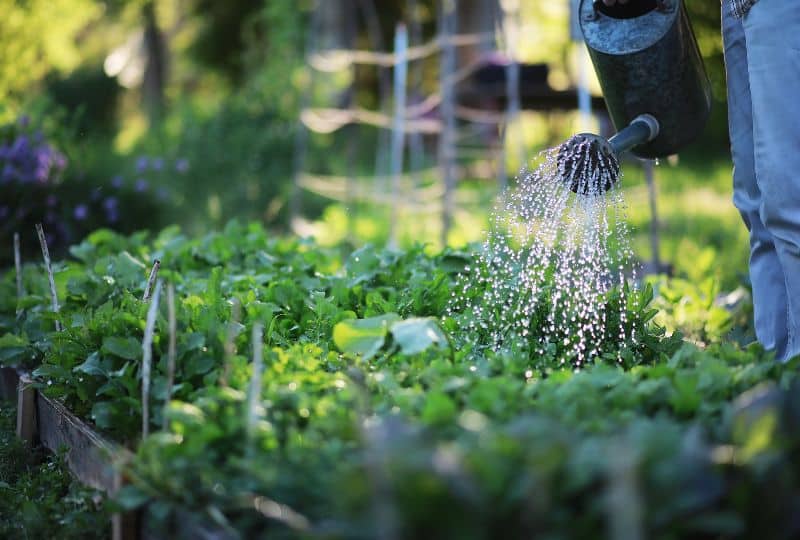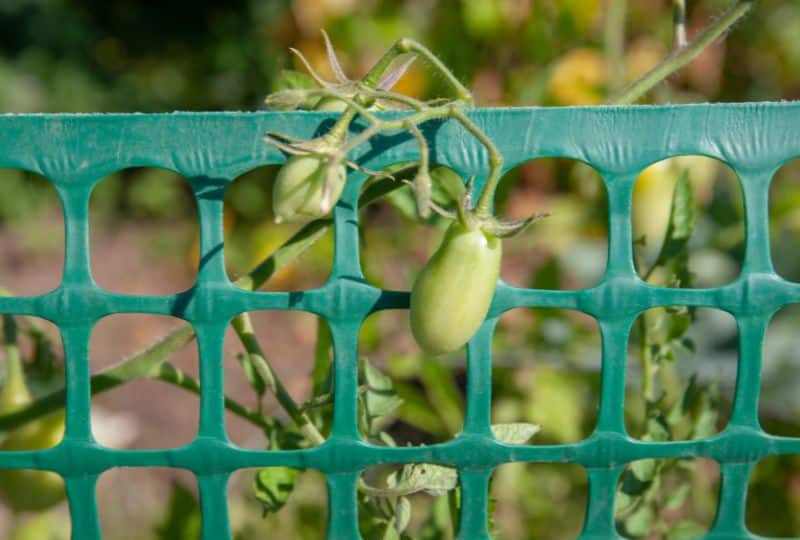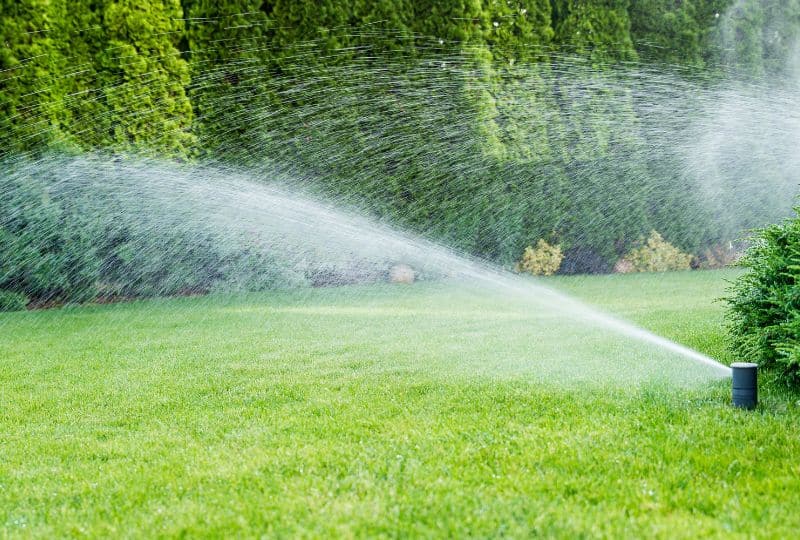Whether you consider yourself a gardening pro or someone developing their green thumb, watching your garden grow is rewarding. Seeing your hard work turn into fresh, homemade meals is a great feeling. Sometimes, a gust of wind or sitting water can allow fungus and mold to grow and spoil your harvest.

If you have a garden, it’s wise to learn about common fungi and mold that prey on plants and how you can prevent or control their growth. With the help of this article, you will learn how to prevent fungus from growing in your garden, never to experience the hurt of seeing your hard work go to waste.
Mold Can Appear in Many Forms
In mid to late summer, some fungi grow more freely than during the winter months. If caught early, fungal diseases won’t cause much damage to your crops. It’s important to note that spores thrive in high humidity and cool to warm temperatures.
Black mold is a fungus that covers branches, leaves, and twigs with small black spots. The plant’s leaves will turn yellow and fall off. Sooty mold on plants is not harmful, but black mold can cause health issues for you and your plants.
Gray mold thrives in cool, damp conditions. If you’re growing your plants indoors or in a garden shed, you should improve the airflow with a small fan. It’s essential to keep your indoor garden or shed organized to prevent pests. Disinfect your tools to avoid spreading spores.
Another common mold found in gardens is white mold or powdery mildew. This mold is caused by airborne fungi or spores attached to a young plant, spreading quickly to nearby pants. Powdery mildew thrives in warm and humid temperatures and stunts the plant’s growth.
How To Treat Plant Fungus
The best way to treat fungi and mold growing in your garden is to use insecticidal soap. You can also mix one tablespoon of baking soda and a quart of warm water to prevent the spread of white mold. Treat black mold using horticultural oil, but avoid spraying the oil in direct sunlight so you don’t burn your plants.
Tip: Improving the airflow, reducing humidity, and re-planting crops can also help fight mold and fungi growth.
Ways To Prevent Future Plant Mold Growth

Image Source: pexels.com
Fungal diseases and mold strike plants when they’re stuck in damp or warm environments. To prevent fungi from growing in your garden, you should use these simple practices:
- Start your garden with healthy seeds or transplants
- Understand your plants’ proper planting atmosphere
- Avoid overwatering
- Water your garden in the morning
- Give your plants room to grow
- Don’t work in a wet garden
- Use a trust-worthy fungicide
Although combating fungal and mold issues are part of the gardening experience, you can protect your crops by taking extra measures. Using good gardening practices and treating the fungal issues early on will help keep your garden in great shape. Don’t allow fungi and mold to delay your harvest. Use our tips to prevent fungi from growing in your garden.




Leave a Reply